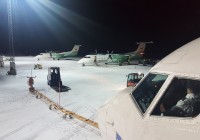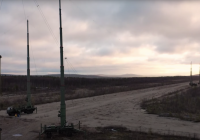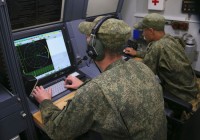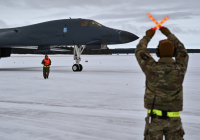
Russian jamming is now messing up GPS signals for Norwegian aviation practically every day
ADVERTISEMENT
All countries in northern Europe bordering Russia are now reporting widespread jamming that could pose a risk to both shipping and aviation.
In the far north, Norwegian Communication Authority says it has received about disturbances to the GPS navigation 44 days in 2024. That is practically every day.
“So far this year until February 22nd it is registered disturbances in 44 days in the airspace over Finnmark,” says senior engineer Nicolai Gerrard, to Dagens Næringsliv.
According to the Norwegian Communication Authority, the reports started to spike as Moscow launched its full-scale war on Ukraine.
There were 122 days with GPS jamming that hit Norway’s northeast corner in 2022 and 294 days in 2023. In 2021, before Putin ordered tens of thousands of troops to attack Ukraine, GPS jamming in the airspace over Finnmark were reported 18 days.
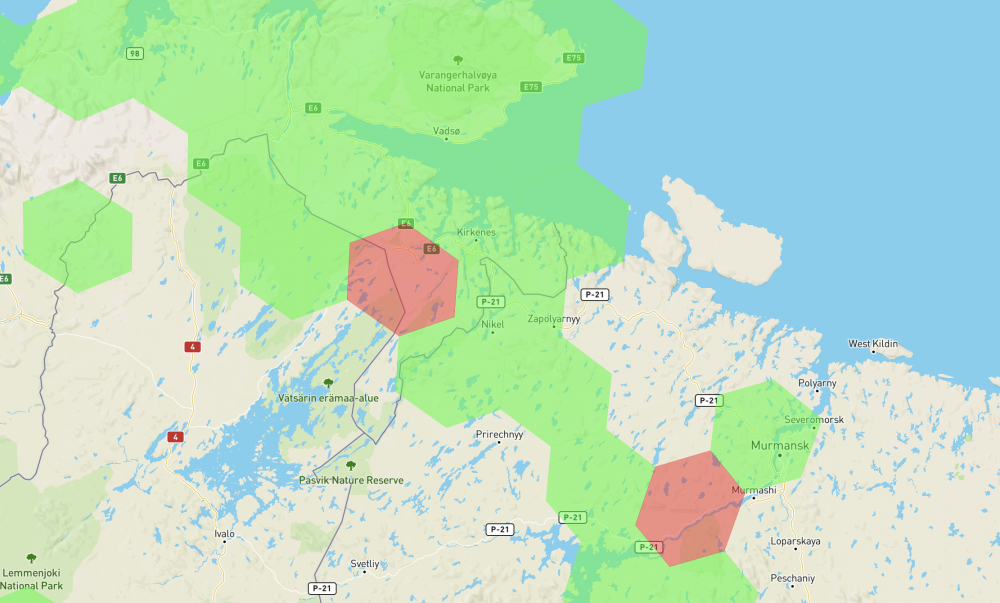
GPS jamming reports are coming from pilots on the airliners SAS, Norwegian and Widerøe as well as civilian air ambulances flying in and out of Kirkenes airport and the smaller airports along the coast of Finnmark, like Vadsø, Vardø, Båtsfjord, Berlevåg and Mehamn.
ADVERTISEMENT
Since late last year, the Baltic Sea region has also seen a sharp increase in GPS jamming, both in frequency and size of affected areas. Russia’s military has activated jamming around airports inside the country as a countermeasure to stop Ukrainian drone strikes. Some of the disturbances seen in border regions are caused by such interference, while other jamming is more deliberately aimed at the neighboring countries’ airspace.
GPS jamming reduces positioning accuracy and could also with intense interference cause the receivers in cockpit of civilian planes to lose positioning altogether.
Both police and national authorities have told the Barents Observer previously that Russia’s jamming affecting Finnmark region jeopardizes public safety.
“We depend on good GPS signals to quickly locate areas with people missing in extreme weather like we have today,” Deputy Chief of Police Trond Eirik Nilsen with Finnmark Police District said to the Barents Observer.
Chief of Police Ellen Katrine Hætta said her department has raised questions about the GPS jamming in meetings with Russia’s security police, the FSB.
“I have addressed the problem and explained the consequences for search and rescue. FSB said they would look into the matter,” Hætta said to the Barents Observer.
In addition to police cars, GPS navigation is used by other emergency response services like ambulances, fire trucks and civil defense units.
It was in 2018, simultaniously as NATO’s exercise Trident Juncture took place in Norway, that the first distruptions of GPS signals in Finnmark region were reported. Similar disturbances were reported from Finnish Lapland. Both Norwegian and Finnish authorities tracked the source of jamming to Russia’s Kola Peninsula.
Over the next few weeks, the large-scale NATO exercise Steadfast Defender moves north with the Norwegian-led Nordic Response taking place in the border areas with Sweden and Finland above the Arctic Circle.
ADVERTISEMENT
The Barents Observer Newsletter
After confirming you're a real person, you can write your email below and we include you to the subscription list.




